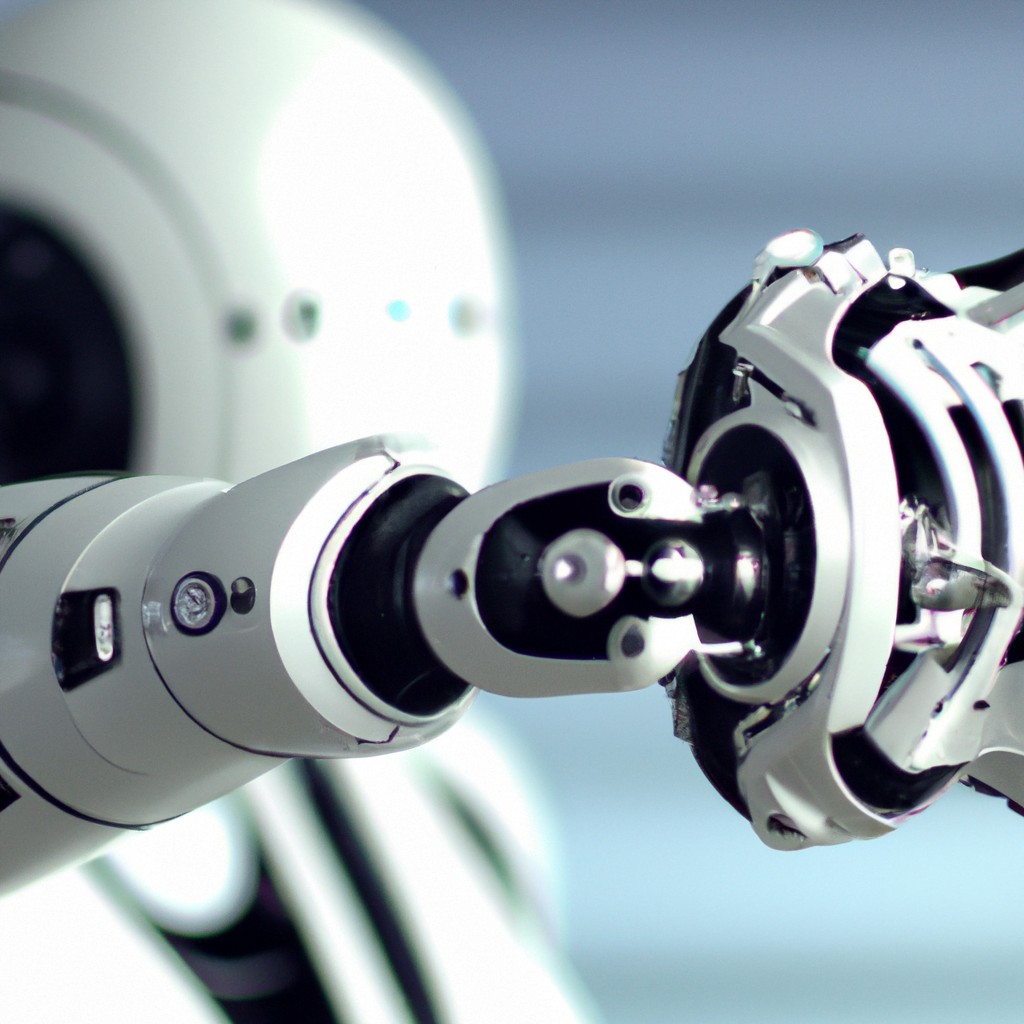Navigating the Future: Humans and AI in Symbiotic Harmony
Artificial Intelligence (AI) has become an integral part of our rapidly evolving technological landscape, transforming industries and reshaping the way we work. Contrary to popular fears, AI itself is not the adversary threatening job security; rather, it is the individuals and organizations wielding this powerful technology that can have a profound impact on employment. In this article, we will explore the nuances of the relationship between AI and employment, emphasizing the pivotal role humans play in harnessing the potential of AI.
Understanding AI’s Role:
AI is not a sentient being with the inherent desire to replace human workers. Instead, it is a tool designed to augment human capabilities, enhance efficiency, and solve complex problems. From automating routine tasks to analyzing vast datasets, AI excels in areas that require speed, precision, and pattern recognition. However, it lacks the creativity, empathy, and nuanced decision-making that are inherently human. Therefore, the narrative of AI “stealing” jobs oversimplifies the intricate dynamics between technology and employment.

The Real Threat: Human Intent and Implementation:
The true impact on jobs comes not from the AI itself, but from how it is employed by individuals and organizations. The responsibility lies with humans who determine the purpose and scope of AI applications. Whether it’s streamlining operations, improving customer experiences, or innovating new products, the human touch remains crucial in shaping AI’s role in the workforce.
Job Displacement vs. Job Transformation:
While it’s true that some jobs may become obsolete due to automation, history has shown that technological advancements often lead to the creation of new, previously unimaginable roles. The advent of the internet, for instance, disrupted traditional jobs but also gave rise to entirely new industries. Similarly, as AI automates routine tasks, it frees up human workers to focus on higher-order thinking, creativity, and innovation. The key is to adapt to the changing landscape and acquire the skills that complement AI technologies.
Education and Skill Development:
To navigate the evolving job market, individuals must proactively engage in continuous learning and upskilling. The demand for roles requiring a combination of technical and soft skills is rising. Proficiency in collaborating with AI systems, interpreting their outputs, and making informed decisions based on AI insights becomes paramount. Educational institutions and employers play a crucial role in facilitating this transition by offering training programs that equip workers with the skills needed to thrive in an AI-enhanced environment.
Ethical Considerations:
The use of AI in the workforce also raises ethical questions that need careful consideration. Issues such as bias in algorithms, privacy concerns, and the responsible use of AI must be addressed to ensure a fair and equitable integration of this technology into the workplace. Human oversight is essential to prevent the unintended consequences of unchecked AI deployment.
Conclusion:
AI is a tool, not a threat. The responsibility lies with individuals and organizations to leverage this technology ethically and responsibly. Rather than fearing job displacement, we should focus on how we can harness AI to enhance our capabilities, foster innovation, and create a more dynamic and adaptable workforce. The future of work is a collaborative effort between humans and AI, and by embracing this partnership, we can build a workforce that is not only resilient to change but thrives in the face of technological advancements.




